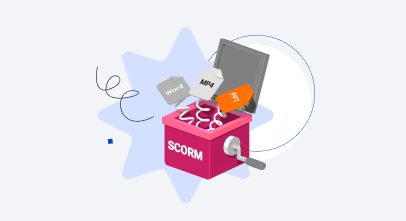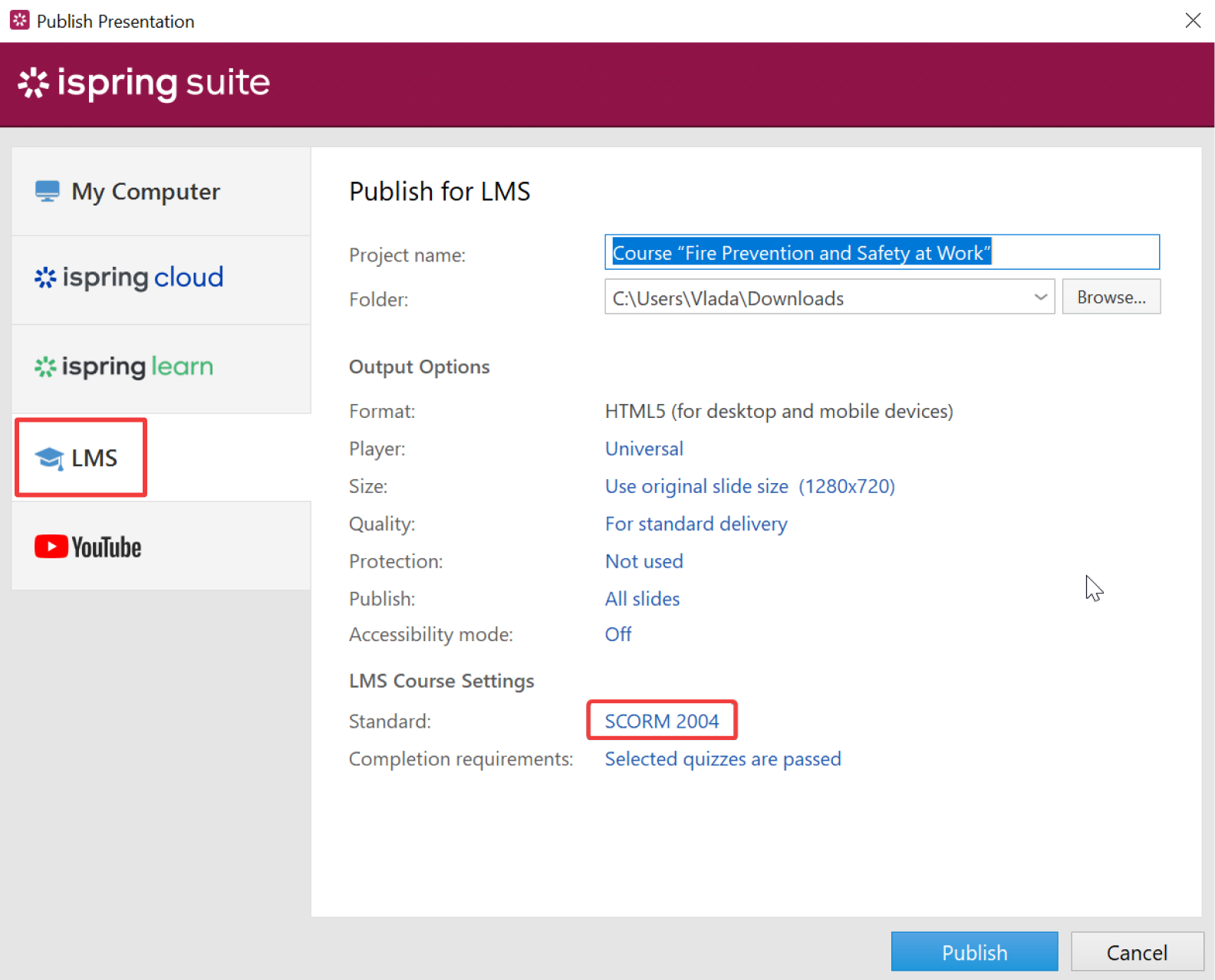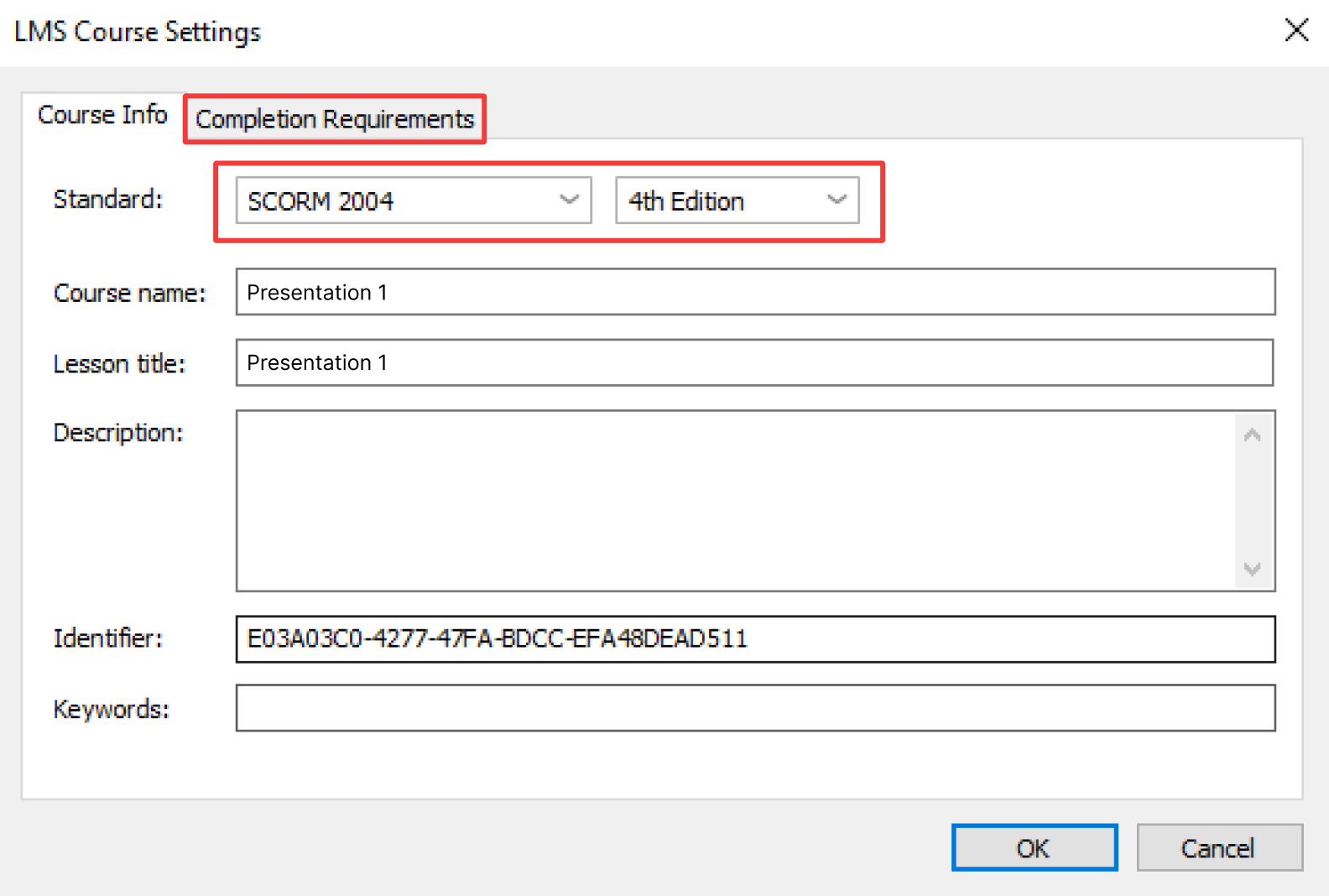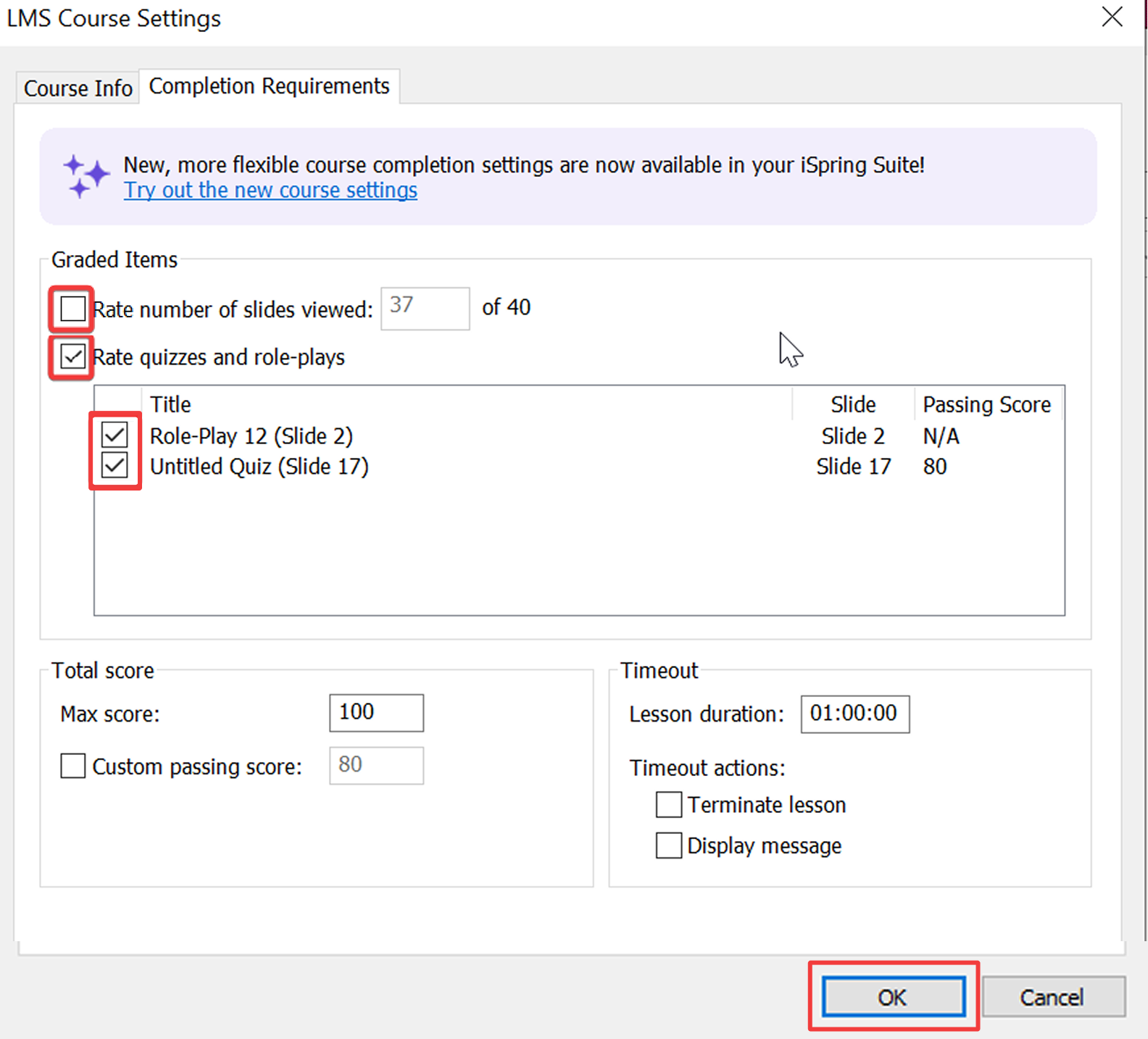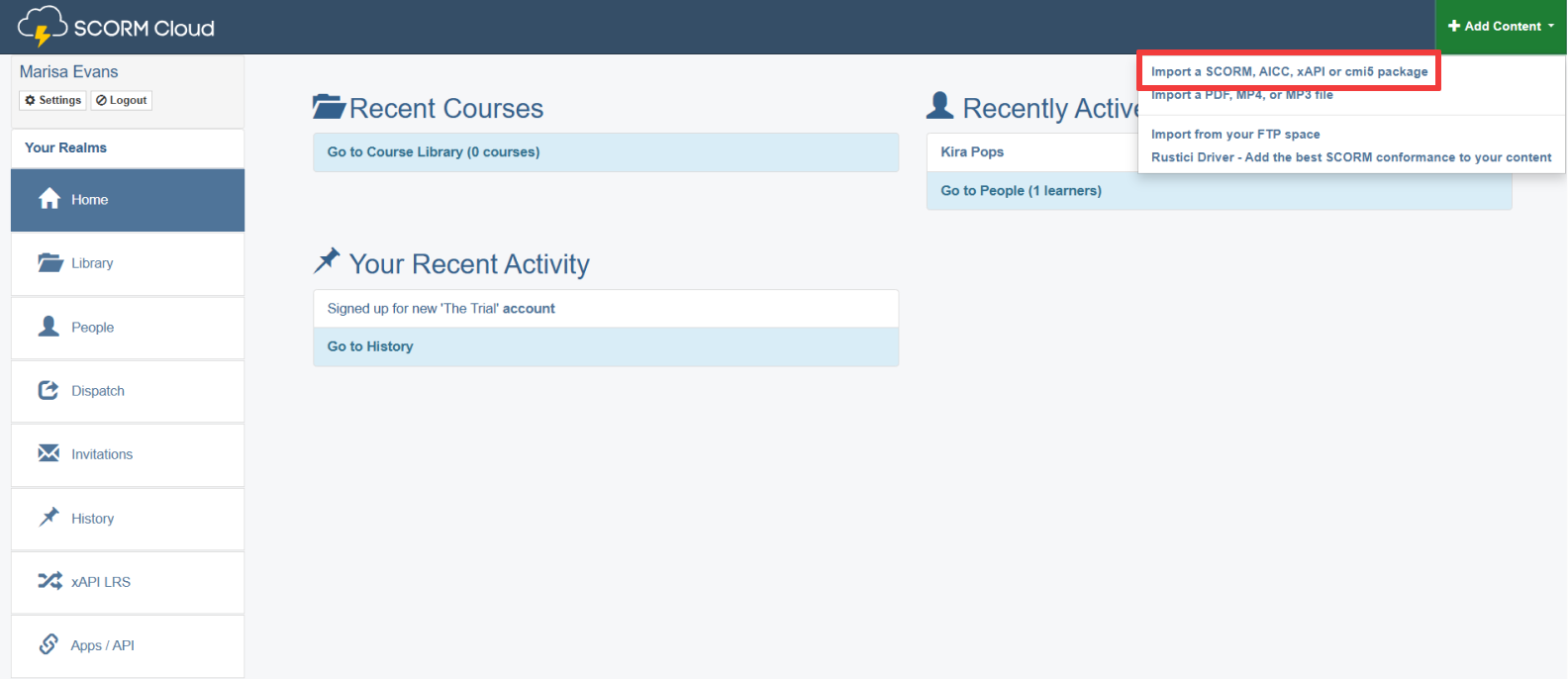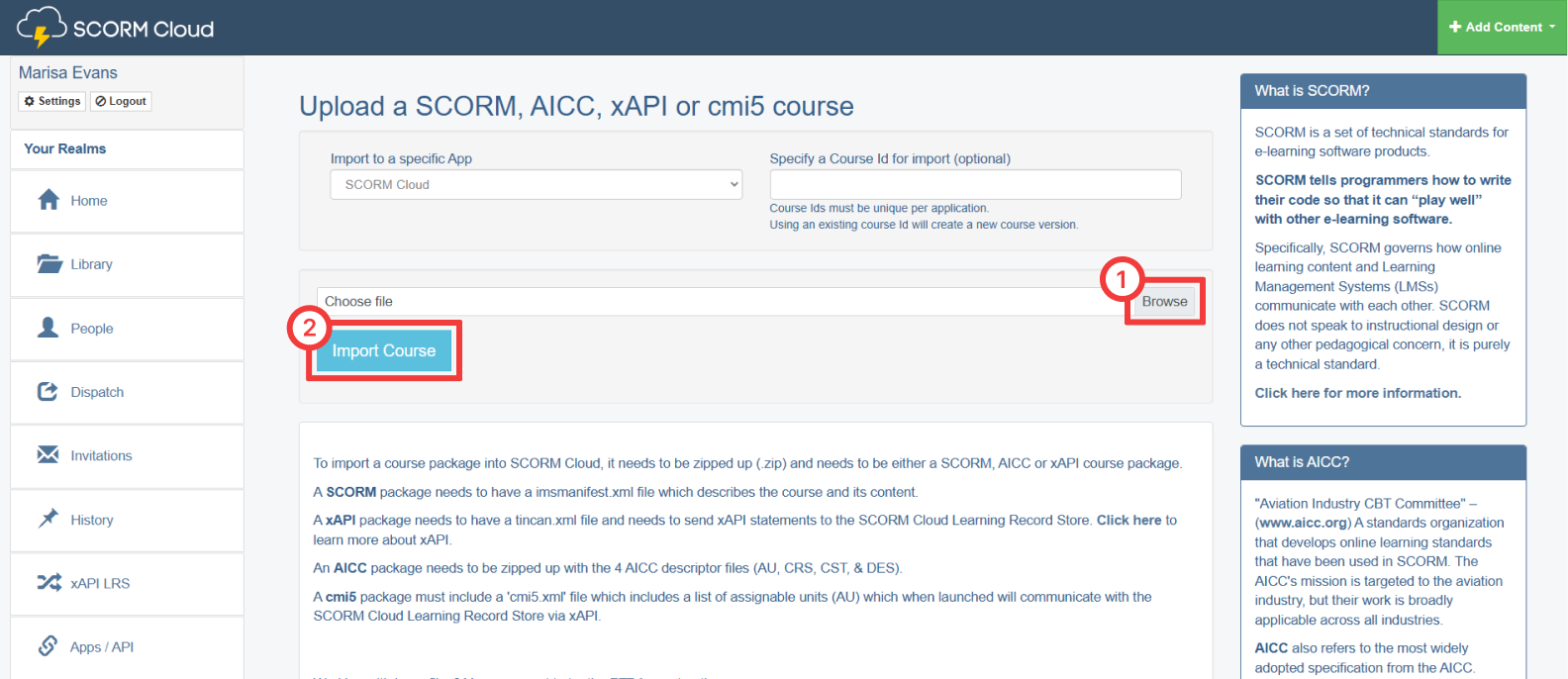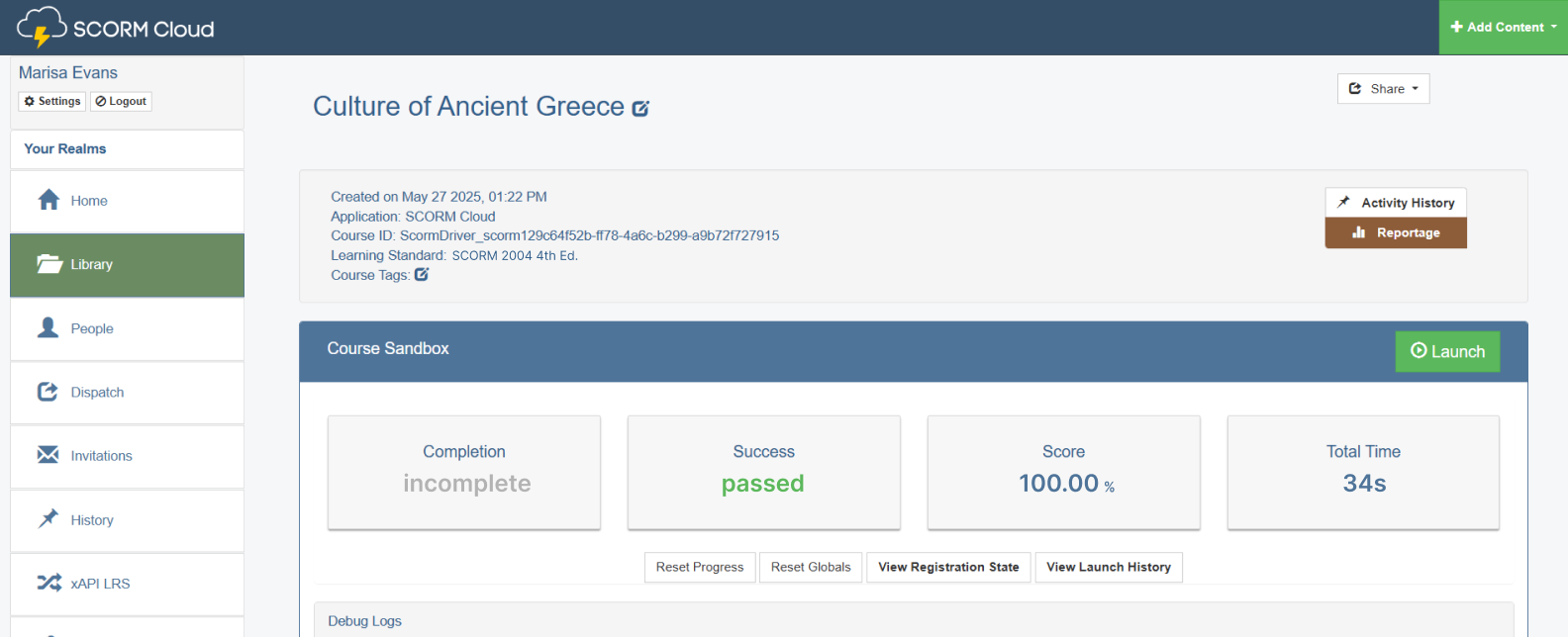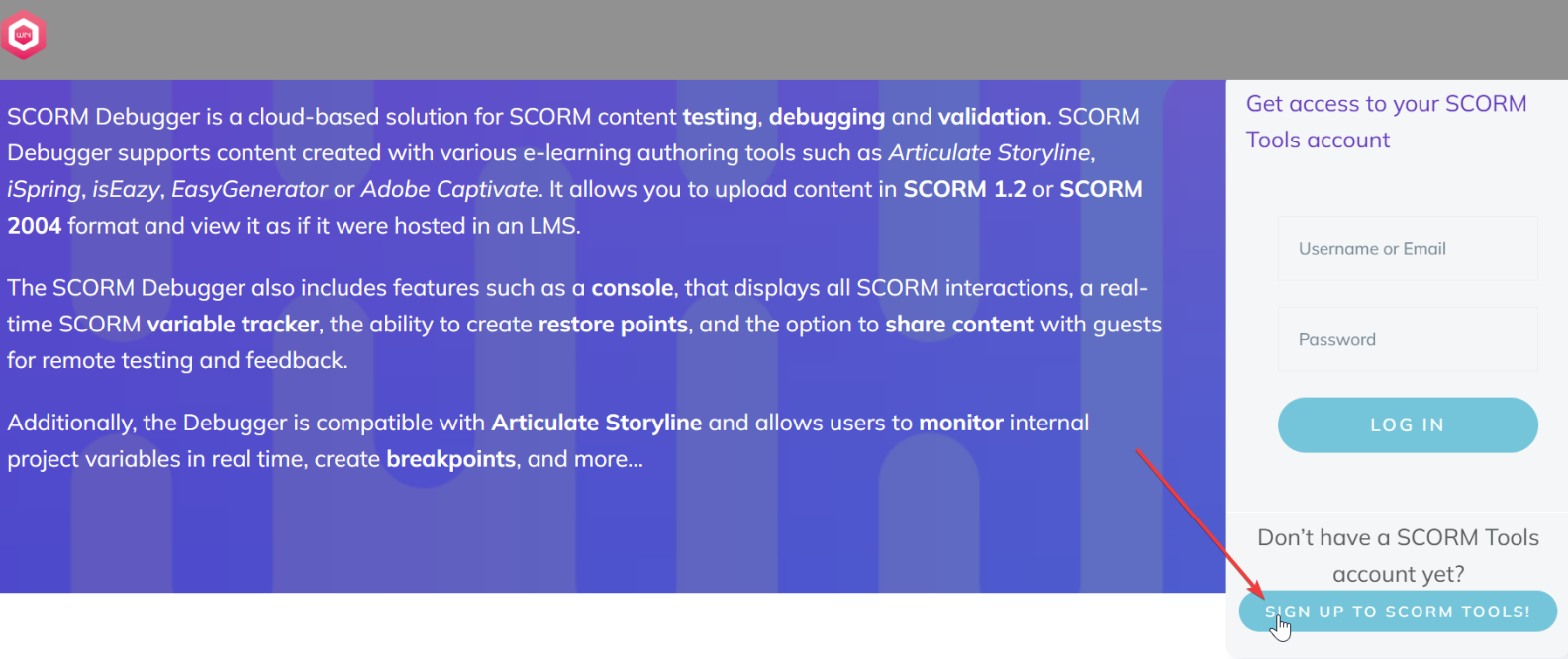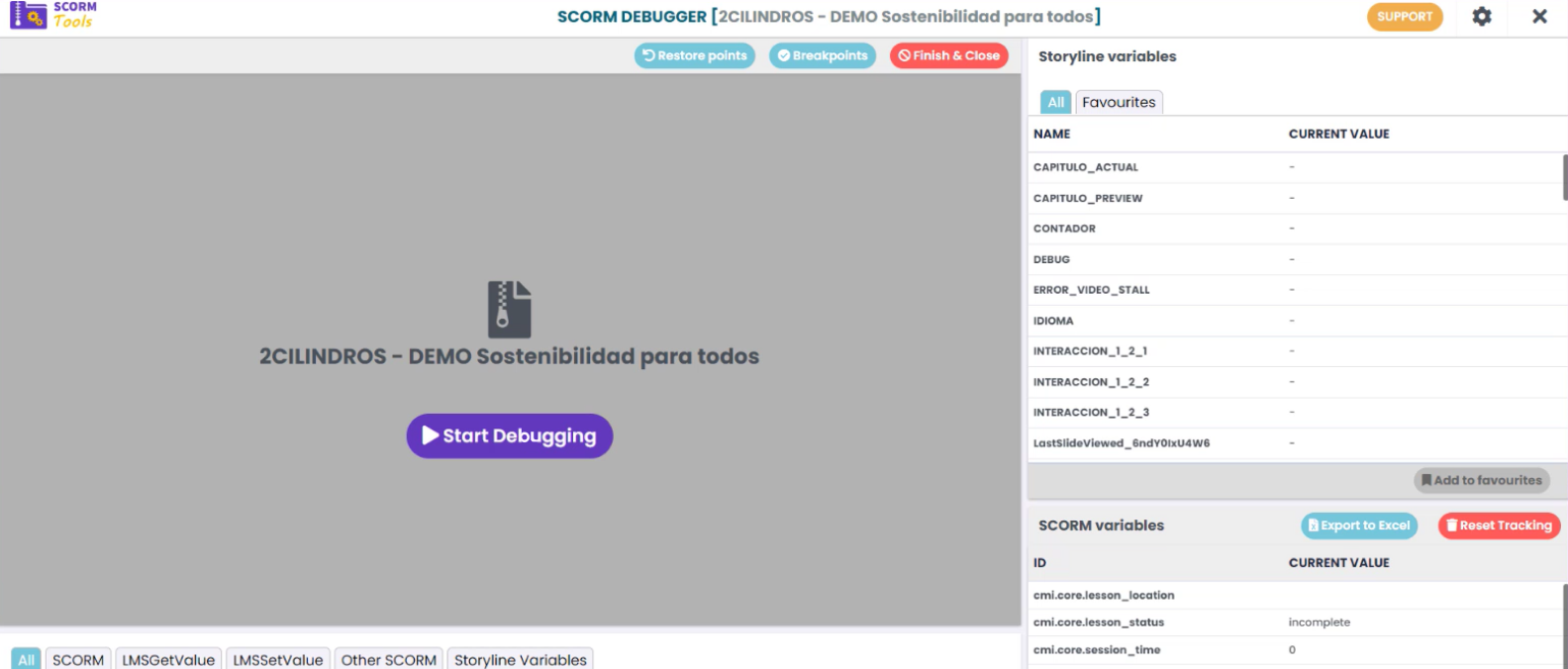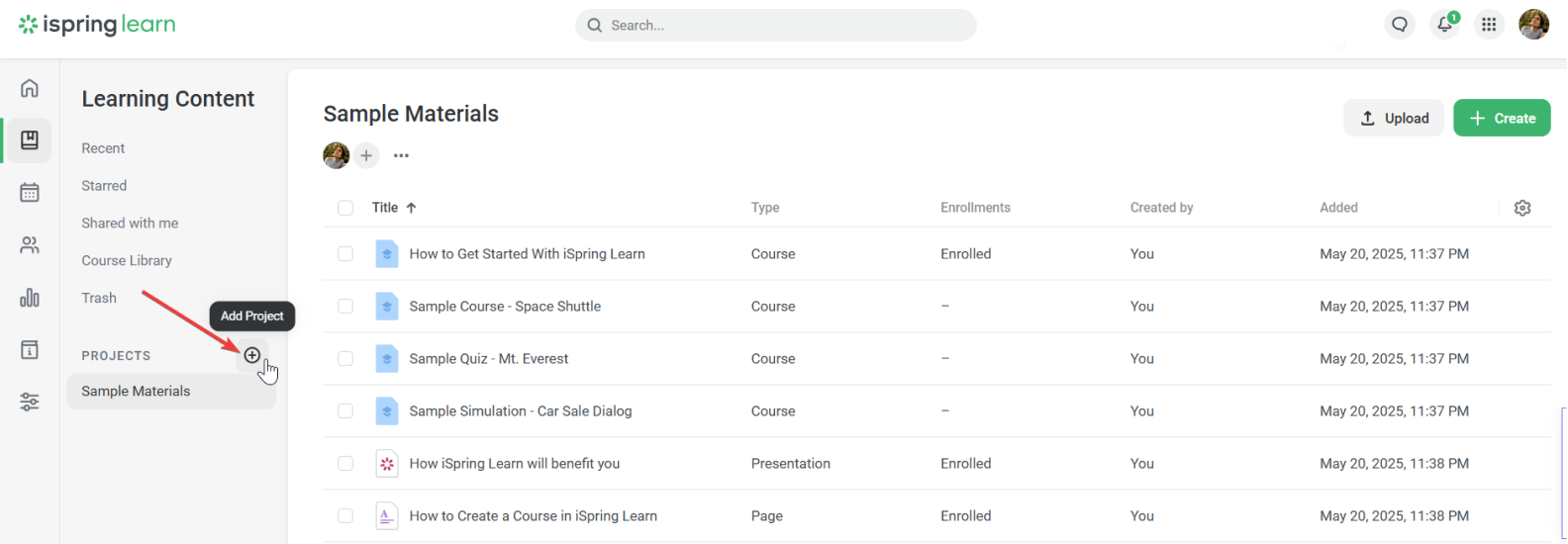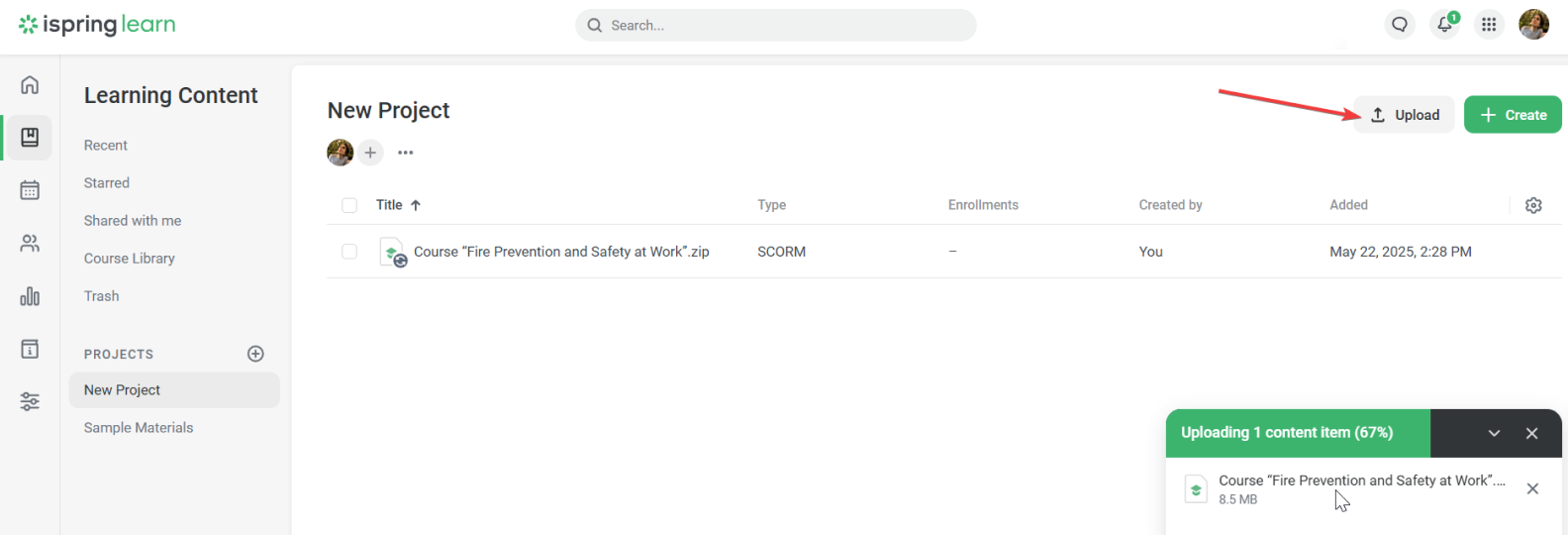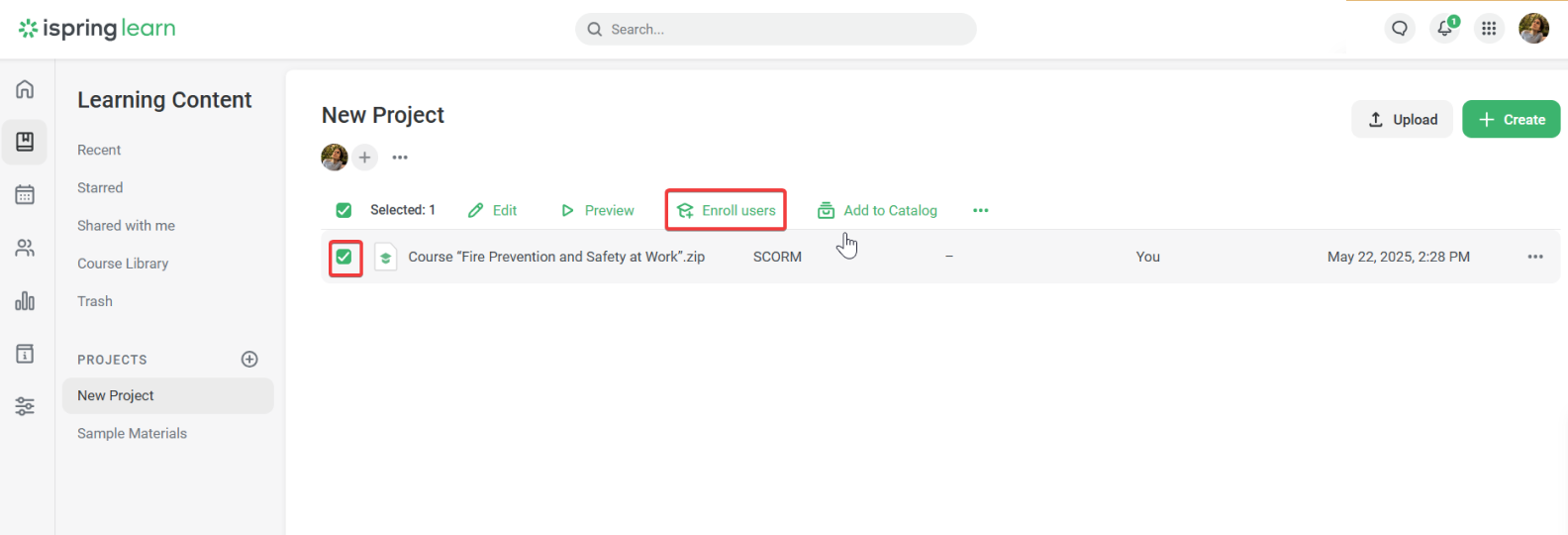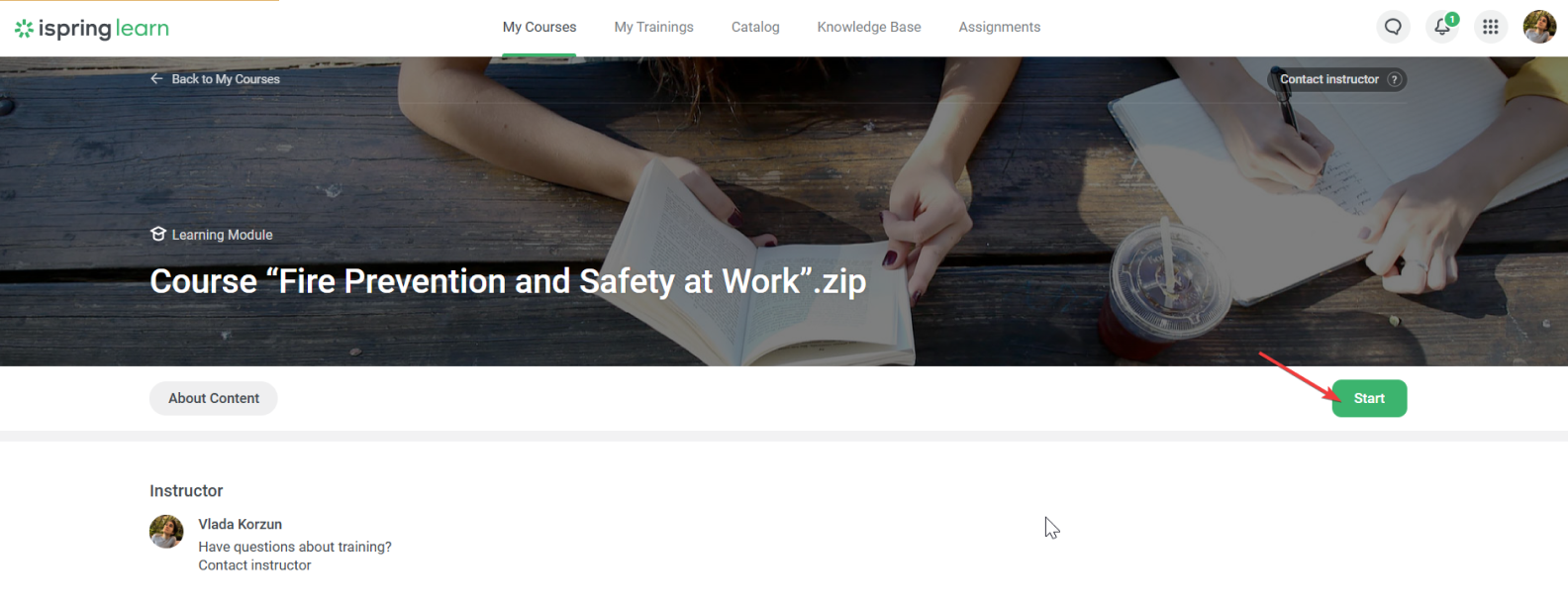How to Test a SCORM Package: The 3 Best SCORM Testing Methods
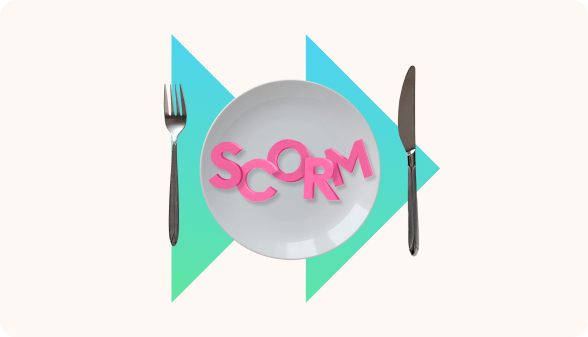
Course delivery landed on your plate too? Maybe your company switched to a learning management system that requires the SCORM standard? Or are you testing a SCORM course for a client for the first time?
SCORM testing is crucial if you have graded items, e.g., quizzes or interactions, in your module. It can also be tricky to apply the right settings to receive the needed status in an LMS. Besides, you need to make sure that your SCORM is error-free.

SCORM Testing Essentials
If you’re new to SCORM course testing, here are the main aspects to understand before moving to testing.

‘Completion’ and ‘Success’ statuses
The main thing you’ll check during SCORM testing is whether the outcomes of each learner’s attempt are communicated to an LMS correctly.
There are 2 lesson statuses (or graded items):
- ‘Completion’ (incomplete/completed) answers “Did they view all the slides?”
- ‘Success’ (passed/failed) answers “Did they pass a quiz?”
You choose what you need to track in an authoring tool when exporting your course.
So, during a test, you’ll check:
- If the right status is being sent (based on how you set it).
- If the LMS interprets it correctly.
SCORM content errors vs. LMS errors
To resolve issues faster, you need to know if the package is flawed or if the learning platform mishandles the course. That way, you’ll know which settings to adjust or which team to contact, depending on what the test uncovers.
Pro tip: The simplest way to isolate the errors is to first test the course via a SCORM validator (I’ll review SCORM Cloud and SCORM Tools below) and only then proceed to an LMS.
Reviewing debug logs
Debug logs are a behind-the-scenes record of how your SCORM-conformant content communicates with the LMS.
You can find them in the testing tools I explore further on.
You don’t need to dig into the logs if everything ran smoothly during your test: course status was correct, time was accurate, quiz score displayed correctly, learner interactions behaved as expected, and the course resumed from where the learner left off.
If you encounter issues with your course, you’ll open debug logs to understand the reason for the error.
SCORM settings in an authoring tool — iSpring Suite example
Careful settings when publishing will prevent some SCORM content issues, such as updating the course status.
Here is how proper publishing of SCORM content looks in iSpring Suite. I built a course from regular PowerPoint slides with one interactive element — a quiz. I’ll publish this project to SCORM 2004, 4th edition, and select the quiz as a single graded item. The process is as follows:
- Get a free trial. Open your course and, under the iSpring Suite 11 tab in the ribbon, click on Publish.
- Go to the LMS tab and select the LMS profile — SCORM 2004.
- Make sure that the selected type is SCORM 2004 (4th edition) and click on Completion Requirements.
- Uncheck the Rate number of slides viewed checkbox and check Rate quizzes and role-plays. If you have several interactive objects, you can select which items you want to grade. Click on OK to save the changes.
According to the settings you adjust, a user needs to gain at least 80 points to pass the quiz. In this case, the ‘Success’ status will be recorded by the LMS as Passed. The ‘Completion’ status is based on the number of slides viewed.
Great! Once everything is set, you can publish your course and proceed with the testing!
The 3 Best Ways to Test a SCORM Package
Here are three specialized tools for testing a SCORM course. They’ll help you as content developers catch issues before uploading to an LMS.
#1. SCORM Cloud
SCORM Cloud is an online sandbox platform that’s very popular among both course creators and developers. The platform was built by Rustici Software, the experts on the SCORM standard. If you need to ensure that your course will play on any LMS that supports the standard, you need SCORM Cloud testing. If your course works on the platform, then it was built well.
Aside from technical testing, you can share the course with a test group to gather feedback before rolling it out to the entire learner pool.
SCORM Cloud has a free plan with a storage limit of up to 3 courses and 5 GB.

How to test in SCORM Cloud
Note: When you test a SCORM package in SCORM Cloud, you have to perform a minimum of two attempts:
- A failed attempt when you don’t meet passing/completion criteria.
- A successful attempt when you meet the success/completion criteria and do everything correctly.
As a result, you confirm that both statuses are displayed correctly.
Here is how the SCORM compliance testing process looks in SCORM Cloud:
- Click on Add Content and select Import a SCORM, ACCI, xAPI, or cmi5 package.
- Click on Browse to select your course on your local drive, and then click on Import Course.
- Once the course has been uploaded, click on Launch to start testing. Your course will open in a new browser window.
- When the test is complete, close the window with the course, and the page will be refreshed automatically to show test results.
We passed this test, so we received a passed status, but we didn’t view the slides to the very end, which is mandatory in SCORM 2004 when a course is created with iSpring Suite. That’s why we received an incomplete status.
You can click on Reset Progress and view the course as many times as you wish to play out different user scenarios.
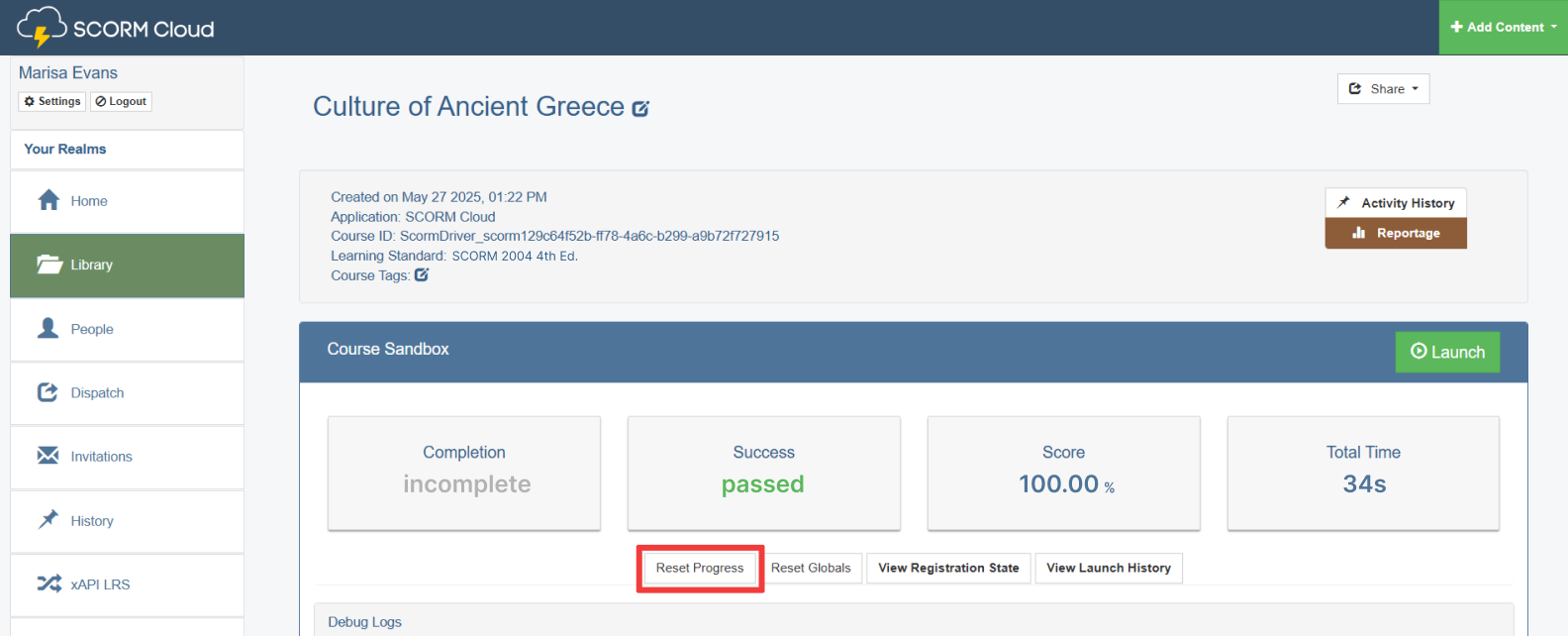
If something didn’t work as expected, check the Debug Logs to see what went wrong.
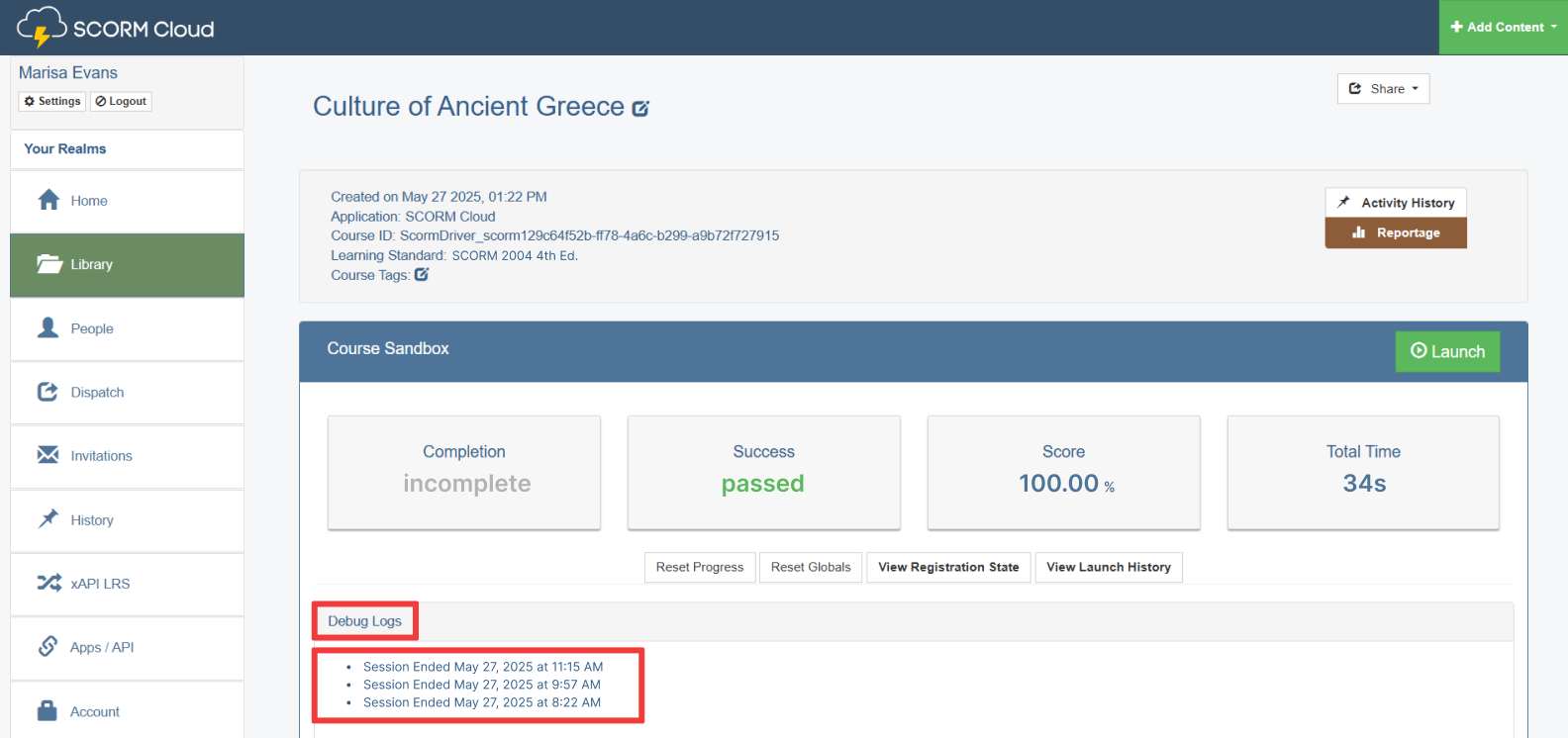
#2. SCORM Tools Debugger
I haven’t found many reviews, but some users recommend SCORM Tools Debugger. Compared to SCORM Cloud, this SCORM file tester offers real-time remote testing with guests, the ability to monitor internal project variables from Articulate Storyline, and create restore points and breakpoints. You can also export debug logs to Excel.
SCORM Tools Debugger has a free plan with a storage limit of up to 150MB and 2 SCORM packages.
How to test with SCORM Tools Debugger
- Create a free account and open SCORM Tools.
- Click on Upload content and choose a SCORM file that’s on your local drive.
- Select your course in the top window and in the bottom window as well; then click on START SCORM DEBUGGER.
- Click on Start Debugging and test it in real time.
- You’ll see the Completion and Success statuses on the right, with the debug logs displayed below the course window.
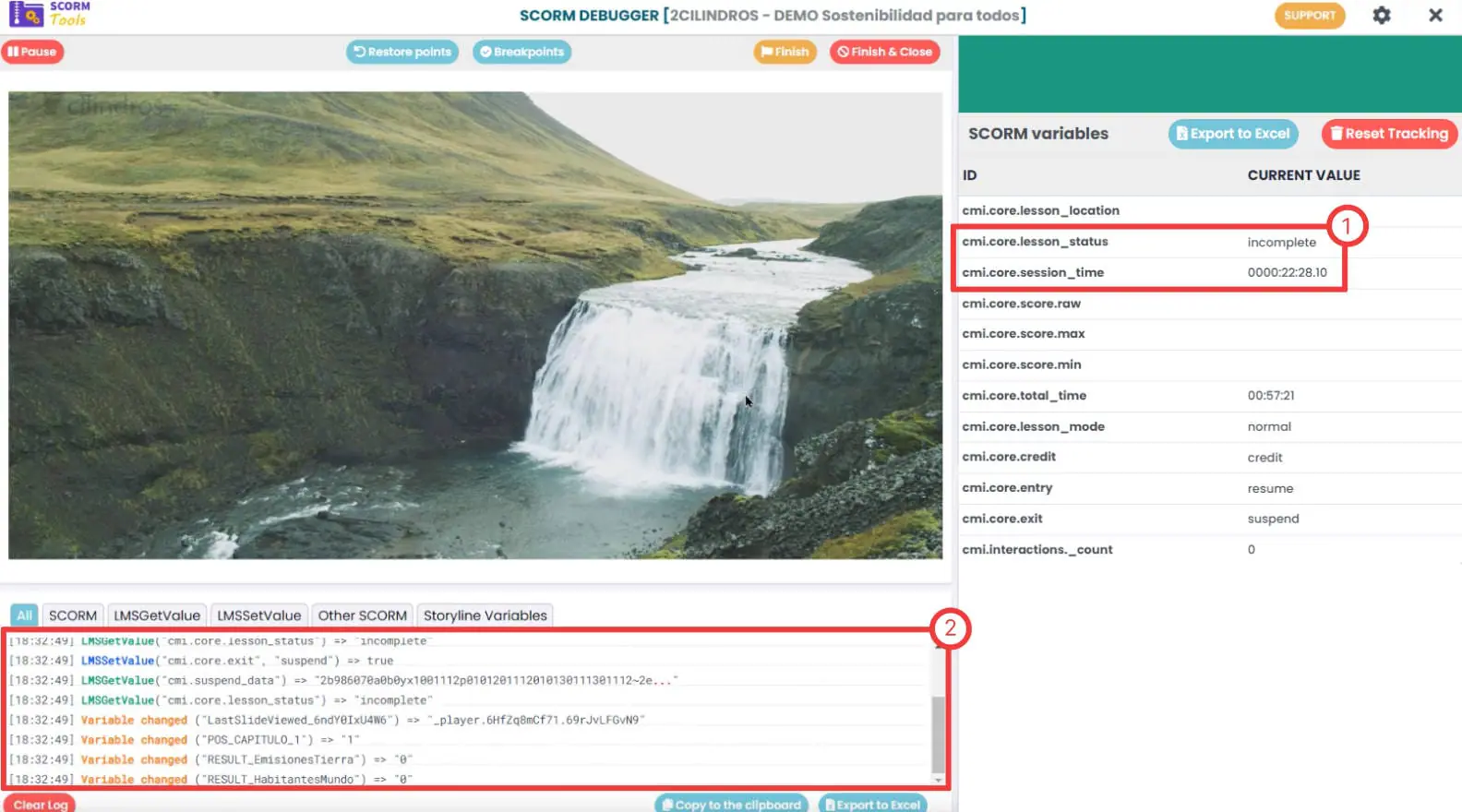
#3. Testing in Your LMS
If you’re developing a course for a specific LMS, then testing it within that LMS should definitely be part of your process. But before you get there, I recommend testing your course with the other methods I reviewed before. That way, if issues arise, you’ll know whether the problem lies with the LMS rather than the course content.
You need to upload your course to an LMS and then make at least two attempts as a learner: when the learner passes a quiz and when they fail. This way, you can confirm that both statuses display correctly.
Here is how to test your SCORM course in iSpring LMS:
You can upload a course directly from your PowerPoint to iSpring LMS as an .ismpkg file using iSpring Suite. However, we’re going to show how you can upload a SCORM file to iSpring LMS on the platform itself.
- In the Administrator Portal, go to the Learning Content tab and click on the plus (Add new project) to create a space for testing your SCORM package.
- Click on Upload to add your SCORM package there.
- Select a module and click on Enroll users to enroll yourself in the course as a learner.
- Click on the profile icon in the upper-right corner and select User Portal.
- You’ll see your module under the Enrolled tab. Click on it.
- Click on Start. Your training will open in a separate tab in your browser.
- Once you have completed the course, you need to close the tab; the page will refresh, and the status will be displayed.
To run the new attempt, make a copy of your SCORM package and assign one to yourself.

How to Test a SCORM Package (Checklist)
Start by testing the course in SCORM Cloud or SCORM Tools. Once that checks out, move on to testing in the LMS.
Throughout both stages, keep an eye on the following:
- The course launches correctly.
- Button clicks or interactions respond.
- The media plays.
- Resume is working.
- The exit button saves a learner’s status.
- Completion and Success statuses are displayed correctly.
- Scores are accurately reported and tracked.
- The course functions consistently across all target browsers and devices.
Test multiple scenarios where learners:
- Fail the assessment.
- Pass the assessment.
- Exit the course midway.
- Test across target browsers and devices.
Common Issues with SCORM Modules
The status of your course isn’t updating
If you built a SCORM 1.2 or SCORM 2004 package but can’t get the needed status in your LMS, you can do the following:
1) Try to view your SCORM module in one of the recommended browsers: Google Chrome, Mozilla Firefox, Microsoft Edge, or Safari if you’re a Mac user.
2) Update your browser to the latest version and clean the cache.
3) Try to add the Close button. Sometimes, this simple step helps an LMS receive the data that’s needed to consider the SCORM course to be completed.
SCORM content isn’t resuming properly
This issue often occurs because of the suspend data limit in SCORM 1.2, which allows only 4,096 characters. So, if you have a lot of slides, interactions, and animations in your package, learners can reach the limit long before the last slide, and their continued progress won’t be saved.
In this case, you can try to disable the Save slide animation state feature in Player. This will help free up space for other information about the user’s progress. Or you can simply use SCORM 2004, 4th version, where the limit for suspending data was increased to 64,000 characters.
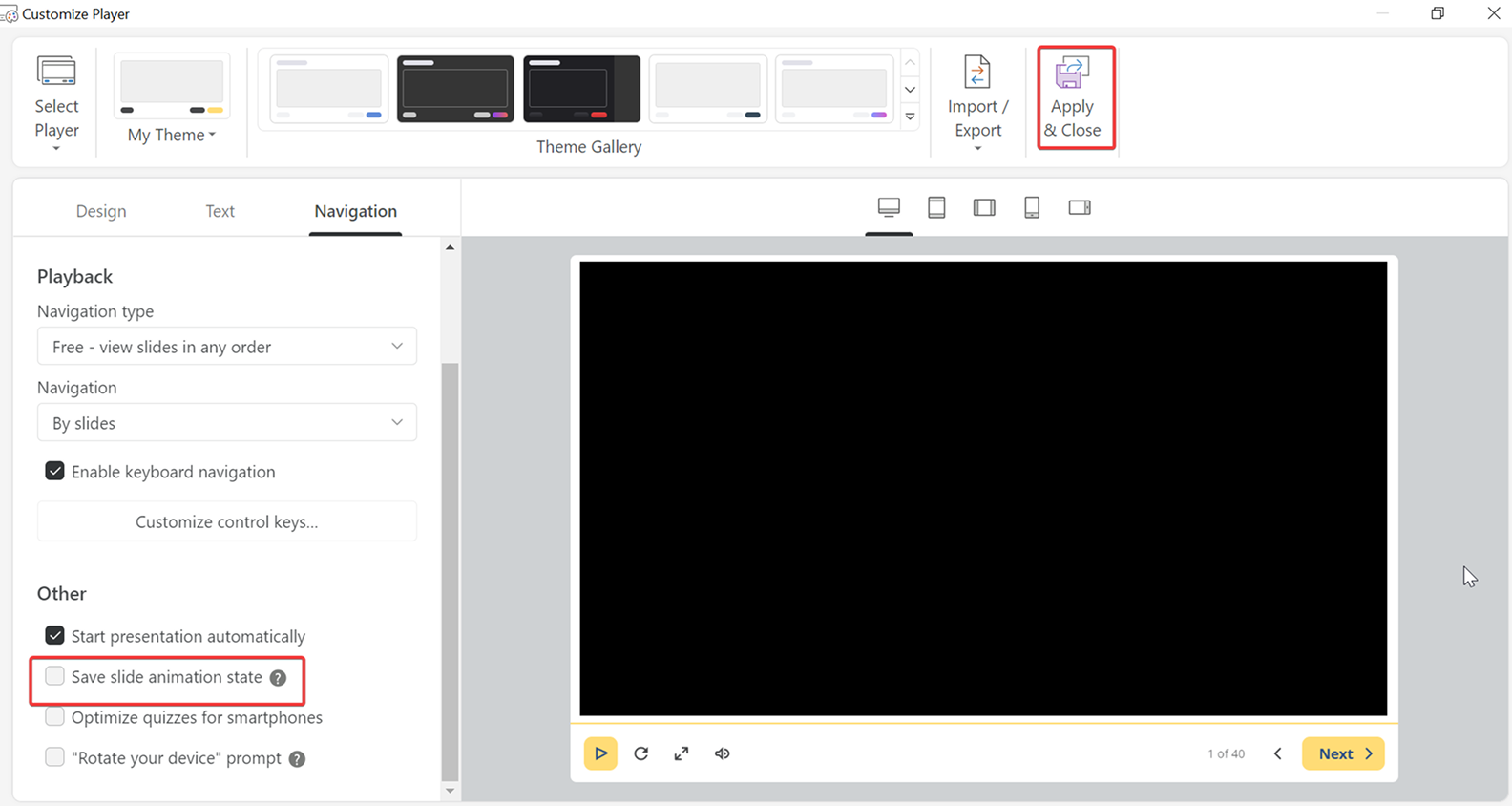
Showcasing with the iSpring Suite player
A course published to SCORM 2004 isn’t completing
For example, a learner has passed all quizzes, but the status of the course in your LMS is still ‘incomplete.’ The reason is that learners need to view all the slides; that’s the default setting for the SCORM 2004 package created with iSpring Suite, and it cannot be changed.
If your course was published to SCORM 1.2, try to change the Report Completion settings to Passed/Incomplete or Complete/Failed. SCORM 1.2 can only pass one status, so you need to find out which report type meets your LMS settings.
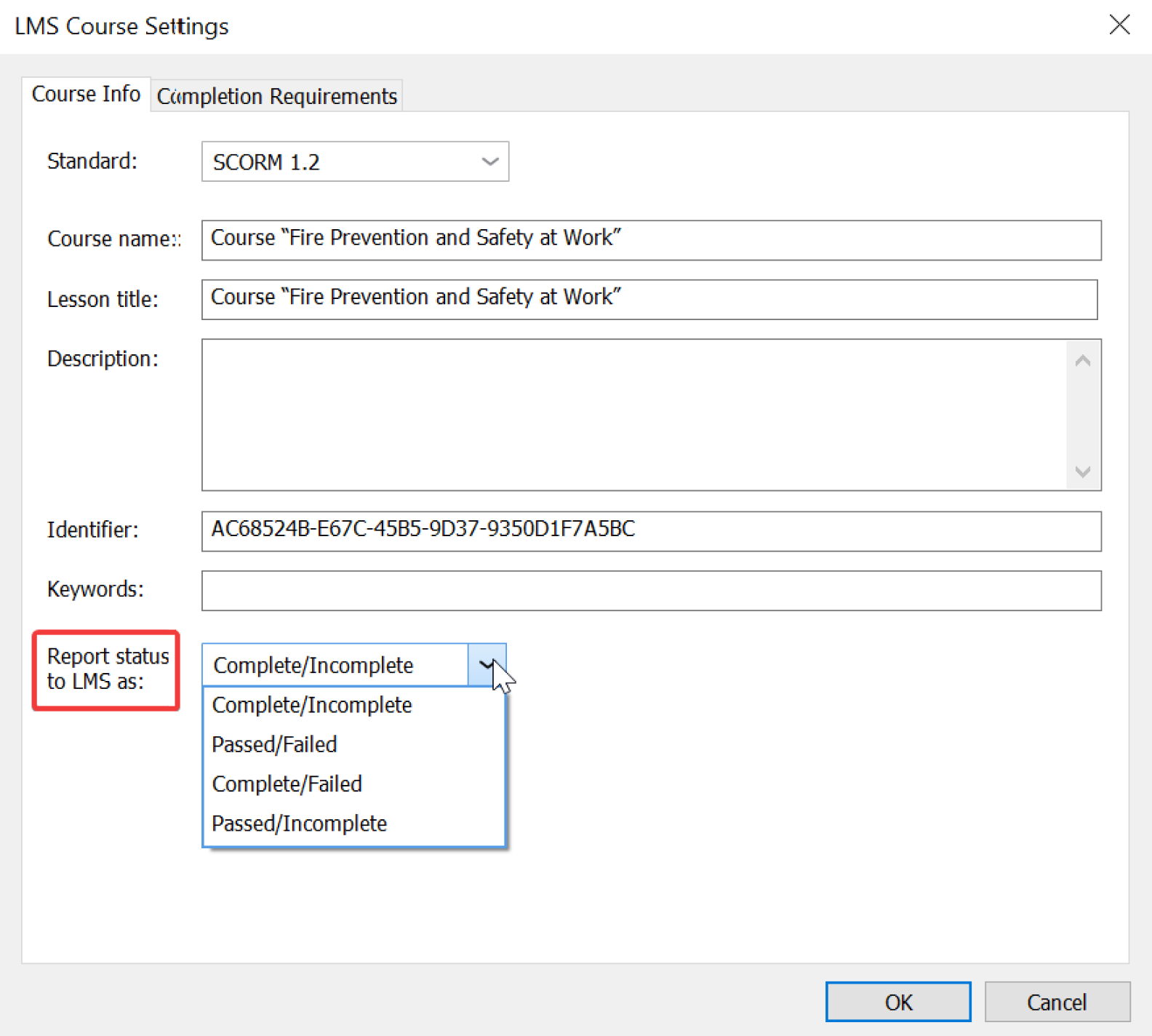
Other issues
To fix other issues, here’s what you can do on your end:
- Re-export from your authoring tool.
- Make sure you have selected the standard your LMS supports.
- Double-check that the completion requirements settings are in the necessary state.
If the issues persist, they are probably on the authoring tool or SCORM converter side. You need to contact the tool vendor to check if their SCORM packages meet the technical requirements of the SCORM specifications.
These are some of the signs that their package is not conformant:
- Imsmanifest.xml is not found in a package.
- In the debug logs, after the API call `SetValue(“cmi.core.score.raw”, “N/A”)` returns “False”, the `GetLastError()` statement returns the following errors: 201, 405, and 406.
That’s why, to minimize your headache during SCORM testing, you need to have a reliable SCORM converter. For example, to convert a PowerPoint presentation to a SCORM course, consider using iSpring Suite. That way, you can ensure your eLearning content converts to SCORM format correctly during the 14-day free trial (no credit card required).
To Sum Up
Testing your SCORM course may feel like a technical chore, especially with so few clear guides online. Hopefully, the SCORM testing process now feels more straightforward.
Anyway, I hope no issues pop up during your SCORM testing! But if you run into technical roadblocks, we hope your authoring tool and LMS teams will step in with the support you need.
And if they don’t, you can always turn to iSpring. We’ve earned lots of awards for customer service (Gold Globee®, TMN Choice, etc.), and we’re known for responsive, helpful support.
FAQ on SCORM Testing
Here are answers to common questions course developers have when testing their SCORM course for the first time.
What is SCORM testing?
SCORM testing is the process of verifying that an eLearning course complies with the SCORM standard, ensuring it can properly launch, track, and communicate learner data with a SCORM-compliant LMS. It helps confirm that content behaves consistently across platforms.
What is a SCORM package?
A SCORM package is the ZIP file you export from an authoring tool. At its root is imsmanifest.xml, an XML manifest file that lists every resource, the launch file, the SCORM version, and the tracking rules. The rest of the ZIP file contains HTML, media, and JavaScript, that comprise the course.
What is SCORM compliance?
SCORM compliance (or SCORM conformance) means both the course and the LMS follow the ADL SCORM specifications closely enough to interoperate: the course launches, exchanges data through the standard API, and the LMS stores it exactly as the spec prescribes.



